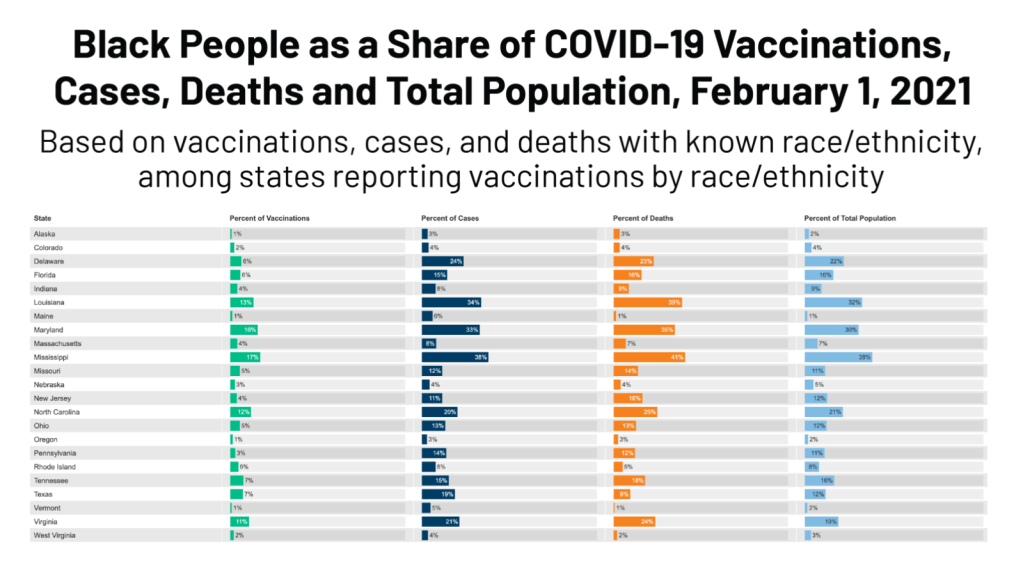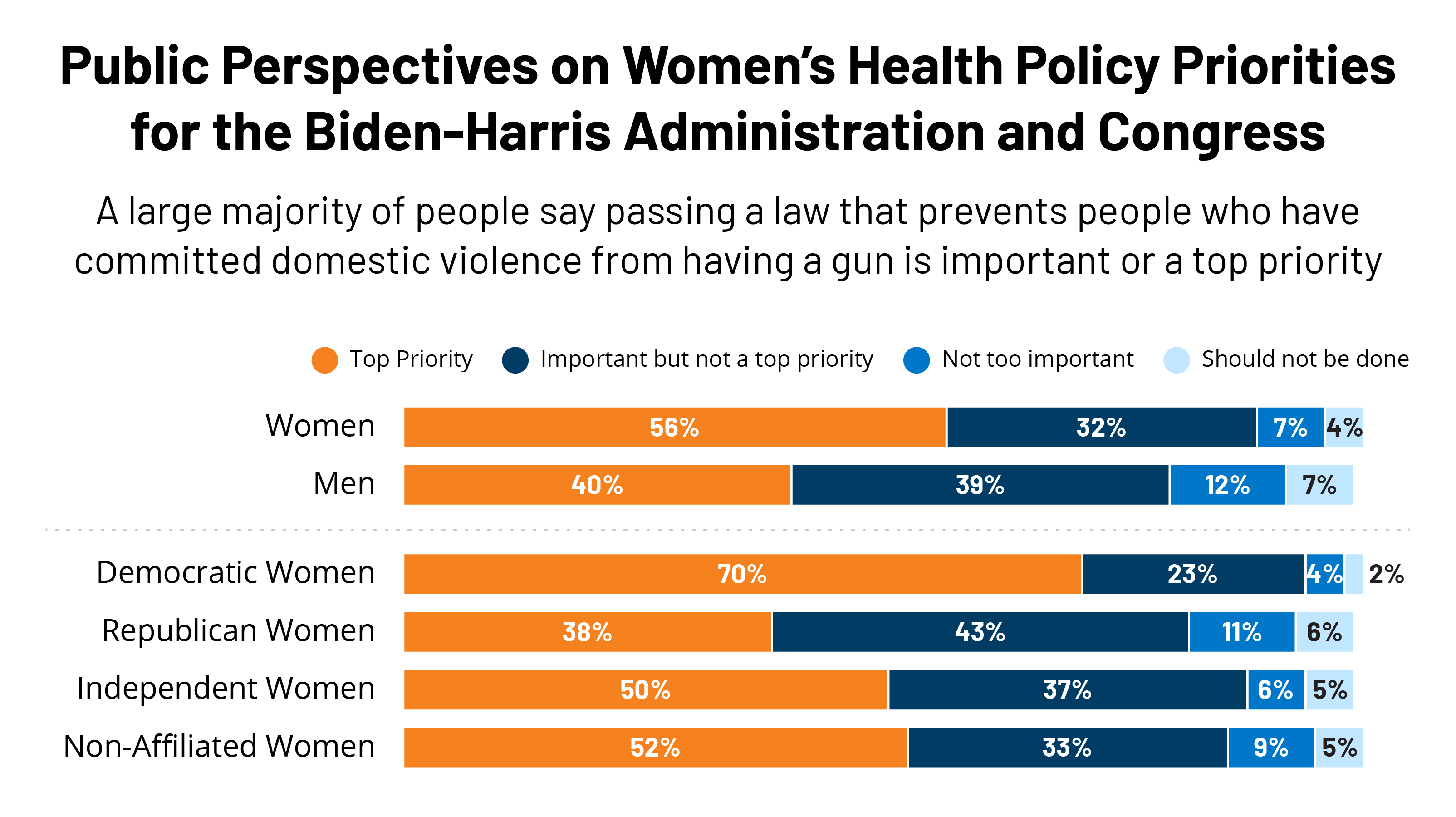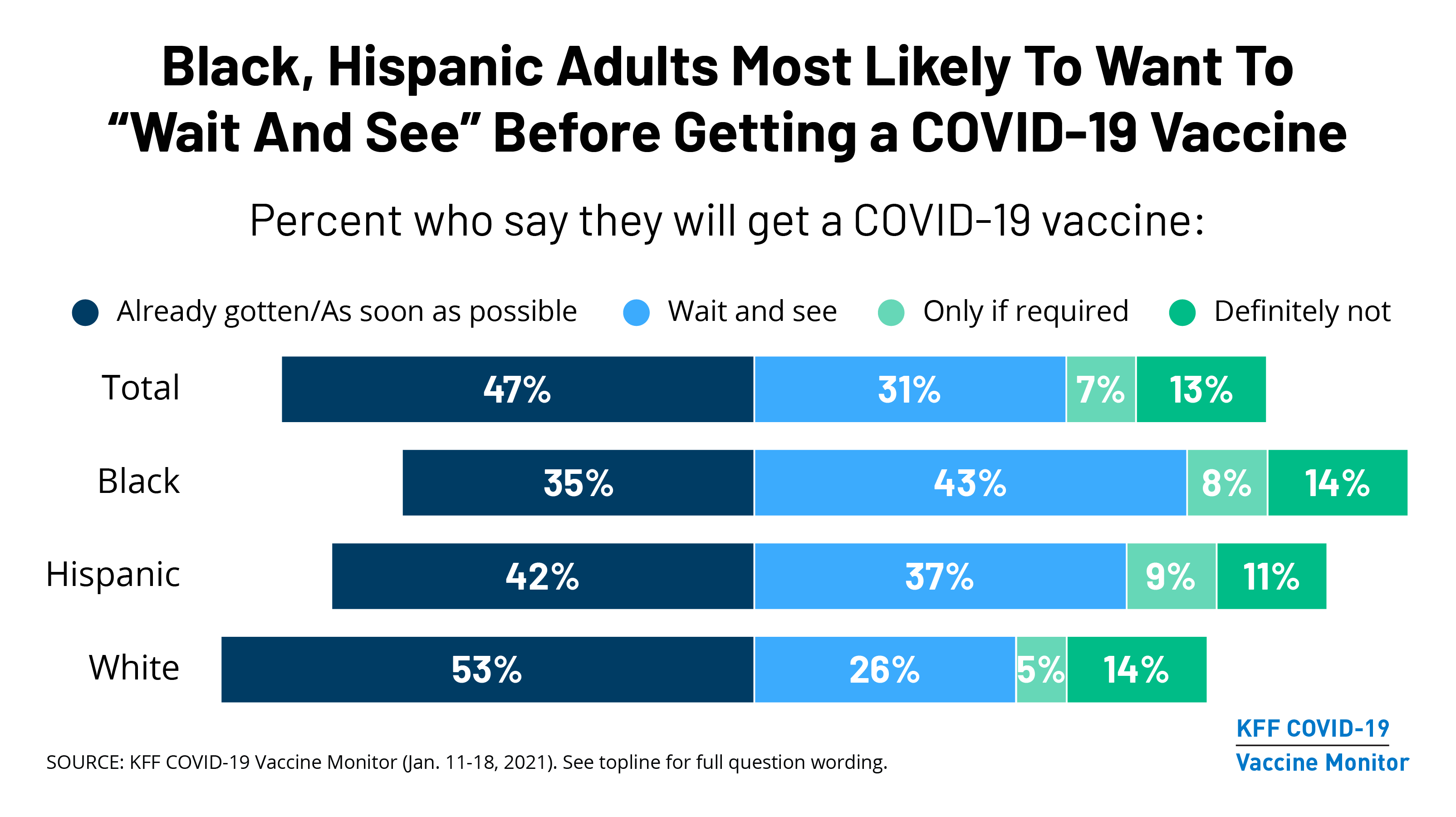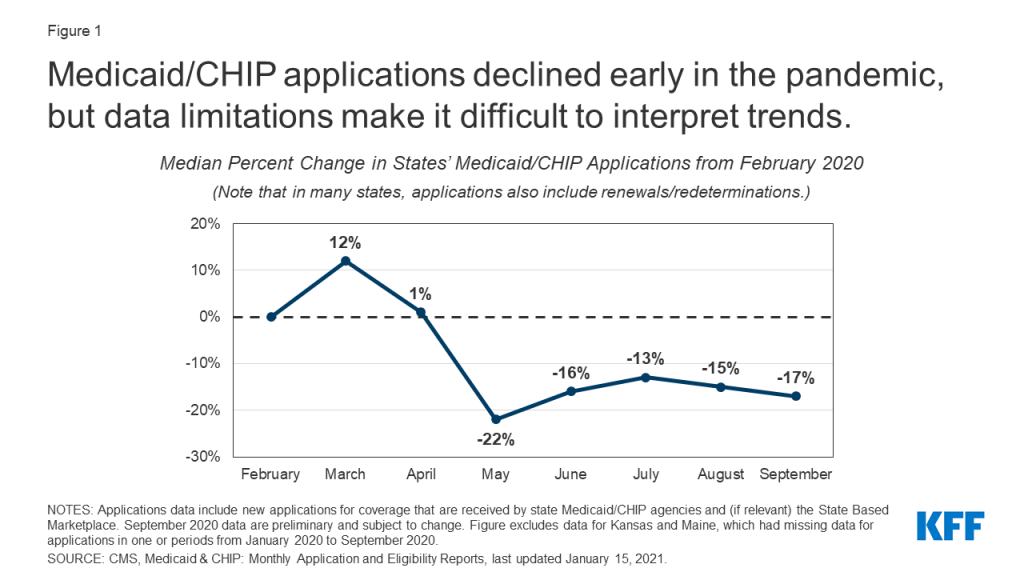Surprise Medical Bills: New Protections for Consumers Take Effect in 2022
Introduction
In the closing days of 2020, Congress enacted and the President signed into law the No Surprises Act, providing new federal consumer protections against surprise medical bills. The measure was included in omnibus legislation funding the federal government for fiscal year 2021 and providing stimulus relief for the COVID-19 pandemic. Its enactment followed nearly two years of Congressional debate over competing approaches to the problem that, at times, appeared to be deadlocked.
The No Surprises Act contains key protections to hold consumers harmless from the cost of unanticipated out-of-network medical bills. Surprise bills arise in in emergencies – when patients typically have little or no say in where they receive care. They also arise in non-emergencies when patients at in-network hospitals or other facilities receive care from ancillary providers (such as anesthesiologists) who are not in-network and whom the patient did not choose.
Surprise bills lead the list of affordability concerns for many families; 2 in 3 adults say they worry about unexpected medical bills, more than the number worried about affording other health care or household expenses. Surprise bills can number in the millions each year. Among privately insured patients, an estimated 1 in 5 emergency claims and 1 in 6 in-network hospitalizations include at least one out-of-network bill. A health plan that generally doesn’t cover out-of-network care, such as an HMO, might deny a surprise bill entirely. Or plans might pay a portion of the bill, but leave the patient liable for balance billing – the difference between the undiscounted fee charged by the out-of-network provider and the amount reimbursed by the private health plan.1 Balance billing on surprise medical bills can reach hundreds or even thousands of dollars. Surprise medical bills are not a problem today under public programs – Medicare and Medicaid – that prohibit balance billing.
The new law takes effect for health plan years beginning on or after January 1, 2022 and it applies to nearly all private health plans offered by employers (including grandfathered group health plans and the Federal Employees Health Benefits Program), as well as non-group health insurance policies offered through and outside of the marketplace. The new law contains other related provisions, including a requirement for health plans to keep network provider directories up to date. This brief summarizes key provisions of the No Surprises Act and issues that could arise during implementation.
Consumer Protections Under Federal Law
The law contains key provisions to protect consumers against the cost of surprise medical bills.
Health plans must cover surprise bills at in-network rates. The law requires private health plans to cover surprise medical bills for emergency services, including air ambulance services, as well as out of network provider bills for services rendered at in-network hospitals and facilities. An advisory committee will be appointed to recommend options for protecting patients against surprise ground ambulance bills.
The law requires surprise bills must be covered without prior authorization and in-network cost sharing must apply. In-network cost sharing for surprise bills will be based on a “recognized amount,” which in most cases will be the median in-network payment amount under the plan for the same or similar services.
The law also requires that federal external appeal rights apply if consumers feel their health plan has not correctly identified and covered a surprise medical bill. A 2011 federal regulation temporarily limited the scope of denied claims eligible for external appeal to those denied on the basis of medical necessity or similar clinical considerations, pending data on the volume of appeals requested; in 2015 this limited eligibility was made permanent. Transparency data reported by federal marketplace health plans show consumers appeal less than 0.2% of denied claims, and seek external appeal even more rarely.
Balance billing is prohibited. Out-of-network providers for emergency services are not allowed to balance bill patients beyond the applicable in-network cost sharing amount for surprise bills. This same requirement applies to out-of-network providers who render non-emergency services at an in-network hospital or other facility. An exception applies for certain non-emergency services if providers gives prior written notice at least 72 hours in advance and obtain the patient’s written consent. The notice must indicate the provider does not participate in-network, provide a good faith estimate of out-of-network charges, and include a list of other participating providers in the facility whom the patient could select. This exception does not apply for ancillary services (such as anesthesia) or diagnostic services (such as radiology and lab) nor to other services or providers the Secretary may specify in regulation.
Out-of-network providers cannot send patients bills for excess charges. Importantly, the law specifies that providers “shall not bill, and shall not hold patients liable” for an amount that is more than the in-network cost sharing amount for such services. The “shall not bill” language did not appear in earlier bill versions, and constitutes an additional element of consumer protection under the new law. Essentially it puts the burden on out-of-network providers to determine a patient’s insurance status and the applicable in-network cost sharing for the surprise medical bill. Absent the “shall not bill” language, nonparticipating providers might continue to bill patients for the full amount, and only later refund excess amounts when and if patients learn surprise billing protections apply.
Specific oversight and enforcement activities are required. With respect to private health plans, enforcement of the No Surprises Act generally follows the same rules that apply under the Affordable Care Act (ACA). States may enforce federal requirements against health plans they regulate (non-group health plans and fully-insured employer-sponsored plans), with federal fallback enforcement required if it is determined that states are failing to substantially enforce. The federal government has primary responsibility for oversight and enforcement with respect to self-insured group health plans, which today cover about half of all people with job-based coverage, and which states are preempted from regulating under the Employee Retirement and Income Security Act (ERISA). The Secretaries of Labor and Treasury (which share enforcement over ERISA plans) must audit a sample of plans each year to ensure that plans are covering surprise bills and applying in-network cost sharing correctly. The Secretary must report annually to Congress on findings from the audit process. In addition, by July 1, 2021, Secretaries from 3 federal departments (Health and Human Services, Labor, and Treasury) must establish a process for receiving complaints of violations of surprise bill protections by private health plans and issuers.
Enforcement with respect to health care providers and facilities also begins with the states. In cases where a state fails to substantially enforce the law’s provider requirements, the federal government will enforce. The Secretary of Health and Human Services must establish a complaints process for violations of surprise billing protections by health care providers and facilities. Under federal enforcement, civil money penalties of up to $10,000 per violation can be applied to health care providers and facilities.
A number of states have enacted surprise medical bill protections for the plans they regulate. State surprise medical bill laws are not preempted unless they prevent the application of federal law.
Resolving Payment Amount for Surprise Bills
As Congress debated this issue, there was general, bipartisan consensus about consumer protections, but significant disagreement about how to resolve the payment amount for surprise, out-of-network medical bills. Some favored use of an independent dispute resolution process (IDR) to resolve every surprise bill and giving weight to the nonparticipating provider’s undiscounted charge. The Congressional Budget Office (CBO) said such an approach would be inflationary, driving up health plan costs. Others favored establishment of a benchmark payment, based on the health plan’s median in-network payment amount, to determine payment for most surprise medical bills. The CBO said this approach would tend to limit payment for surprise bills and significantly reduce health plan costs and the federal deficit.
The final compromise permits access to IDR for any surprise medical bill following a 30-day period when the plan and provider try to negotiate a payment amount. The IDR process follows so-called baseball-style arbitration rules; each party submits a final offer, and within 30 days the IDR entity determines which offer is most reasonable. The IDR decision is binding, and the losing party must pay the cost of the arbitration process. In making its determination, the IDR may consider a number factors, including the plan’s median in-network rate for the service; but it may not consider the undiscounted provider charge or the amount public programs (such as Medicare) would pay for the service. This approach is intended to minimize reliance on the IDR and encourage all parties to submit reasonable bids. The CBO estimated the law will lower payments to some providers, resulting in a reduction of private health plan premiums between 0.5% and 1% on average, and – because the federal government subsidizes most private insurance directly or through tax preferences – reducing the federal deficit by $17 billion over 10 years.
Other Provisions
The law includes several other provisions to help consumers get information in advance about how their health plan will work in practice, and to promote transparency of medical care prices generally.
Health plans must provide an advanced explanation of benefits. Also beginning in 2022, consumers can request advance information about how services will be covered before they are provided. For scheduled services, consumers can submit requests and, generally within three business days, the health plan must provide written information including about whether the provider/facility participates in-network, and a good faith estimate of what the plan will pay and what patient cost liability may be.
Health plans must provide transitional continuity of coverage when a provider leaves the network. The law requires health plans and issuers to notify enrollees when a provider/facility leaves the plan network while it is providing ongoing care. In certain cases, health plans must also provide transitional coverage for up to 90 days or until treatment ends (whichever is earlier) at in-network rates. The transitional coverage requirement applies to treatment for serious or complex health conditions, institutional or inpatient care, nonelective surgery, pregnancy, and care for patients with terminal illness.
Health plans must maintain accurate provider network directories. Health plans and issuers must establish a verification process to update provider directory information at least every 90 days. They also must respond within 1 business day to requests from individuals about whether a provider or facility is in-network. This information becomes binding. Consumers who rely on incorrect information conveyed by plans or posted in directories are entitled to have services covered with in-network cost sharing applied. Providers and facilities are also required to provide timely updates to health plans when the content of their directory information changes.
Health plans must disclose information about broker commissions. Individual health insurance plans, including short-term limited duration insurance, must disclose to enrollees the amount of direct and indirect compensation paid to brokers for that enrollment. Plans must also report information on broker compensation annually to the Secretary. This disclosure must be made before the individual finalizes plan selection. Disclosure of broker and consultant commissions is also required for group health plans.
Implementation Issues
The first implementation deadline specified in the law is July 1, 2021. By then, the federal government must publish regulations establishing the methodology used by group health plans and issuers to determine the in-network cost sharing amounts for surprise bills and the information that plans and issuers must share with non-participating providers and facilities. In most cases the in-network cost sharing amount will be based on a health plan’s median in-network rate paid for a given service in 2019, with that amount (also called the “qualifying amount”) indexed for subsequent years. Regulations will also need to specify alternate methods for determining qualifying amounts for new plans and services with no established rates in 2019.
Also by July 1, 2021, HHS must have established a complaints process for consumers to report surprise medical bill problems. The law appropriates $500 million in funding for implementation.
It remains to be seen how new consumer protections will work in practice. The law establishes stiff penalties for violation of balance billing prohibitions, requires a consumer complaints process, and grants appeal rights to consumers whose health plans do not appropriately recognize and cover surprise medical bills. Even so, experience shows consumers rarely avail themselves of complaints and appeals rights. As noted above, in 2019 consumers appealed about 63,000 of the more than 40 million medical claims denied by federal marketplace insurers. That year, the total number of complaints against health insurers compiled by the National Association of Insurance Commissioners (NAIC) was less than 40,000. Federal implementation could specify a role for statewide consumer assistance programs (CAPs), established under the ACA, to help patients navigate new protections. By law CAPs must help consumers resolve insurance problems and file appeals. Health plans are also required already to include contact information for CAPs on all claims denial notices. Forty CAPs were established in 2010 and provided individual assistance to 207,000 consumers in the first year; 36 CAPs are still in place. Congress has not appropriated funding for CAPs since 2010, although it is possible that a portion of funds appropriated to implement the No Surprises Act could be used to support consumer assistance.
Implementation strategies could also consider ways to prevent violations in the first place. It is common practice today for nonparticipating providers to bill patients directly and leave to them to work out claims submission and reimbursement with their insurer. The No Surprises Act seems to put the burden on nonparticipating providers to deal directly with their patients’ health plans. Regulations could clarify such a requirement, along with tools to carry it out. Out-of-network providers will need to obtain permission – also called assignment of benefits – from patients in order to deal directly with their health plans, as state surprise billing laws generally require.
Implementers will need to establish and monitor IDR capacity in real time. The law requires the federal government to ensure a sufficient number of independent dispute resolution entities (IDRE) are certified to ensure the timely and efficient provision of determinations. Potentially millions of surprise bills may arise each year and it is unclear how many of those might be resolved by the IDR process, vs. by health plan/provider negotiation and settlements. Congress intended to incentivize health plans and providers to settle on their own, minimizing reliance on the IDR process. The IDR process also requires a “cooling off” period; the party that initiates IDR cannot seek IDR again with the same party for the same service for 90 days. How these incentives work in practice remains to be seen. The federal IDR system is similar to that established in New York, where 1,148 surprise medical bills were resolved by IDR in 2018, up from 149 cases in 2015 when the program opened. The state system has jurisdiction over only a small portion of all surprise medical bills, as ERISA preempts state regulation of self-funded employer plans, which cover most privately insured individuals.2 Presumably, regulations will provide a way for the federal government to monitor sufficiency of IDR system capacity and make needed changes promptly.
Federal implementers will need to consider the number and type of IDR entities to engage. State surprise medical bill resolution systems have followed different approaches to establish IDR capacity. In New York, for example, the state contracts with several IDR entities, including independent review organizations (IROs) that also conduct independent claims review under the state’s external appeals law. IROs contract with board certified physicians and other insurance contract experts to perform expert claims reviews. Fees charged by IDRE organizations typically range from $300 to $600. Other state surprise medical bill programs rely on individual mediators and arbitrators to provide IDR services. The Texas Department of Insurance, for example, contracts with more than 200 individual attorneys to provide IDR services for surprise bills. Their fixed fees per case range from $270 to $6,000. In addition to IDR fees (which the losing party pays) the law requires the federal government to establish a federal administration fee for the program, another important implementation detail.
Implementation must also guard against conflict of interest in the IDR process. The No Surprises Act prohibits IDREs from having “a material familial, financial, or professional relationship” with either party. Conflicts may arise if IDR organizations also have contracts with employer health plans to conduct external appeals for denied claims. Unlike state external review systems, where the state contracts with independent review organizations, federal guidelines require employer-sponsored plans to contract with at least three accredited IROs and rotate assignment of external appeals among them.
Substantial data collection and monitoring is required. By law the IDR process must be transparent. The Secretary is required to post online information quarterly on the number of surprise bills that go to the IDR process, the cost of the process, and amounts paid to each IDR entity. In addition, for each surprise bill that goes to the IDR process, the Secretary must post information about the identity of the parties involved, the nature and geographic location of the service provided, the payment amounts offered by each party, which party prevailed, and the length of time involved in making the determination.
In addition, Congress required regular reporting on the impact of the new law on health care prices, provider participation in health plan networks, and other outcomes. Congress is specifically interested in how the new law affects health care markets. For example, if the new law results in payments for out-of-network claims that are “too high,” there could arise a disincentive for providers to participate in health plan networks. By contrast, if it payments are too low, there could arise a disincentive for health plans to pay competitive rates to keep providers in network. The law requires the Secretary of HHS, in consultation with the Attorney General and the Federal Trade Commission, to study and report annually to Congress on how the law affects competition in health care markets, as well as the laws impact on overall health costs and on access to health care services, especially in rural areas and other professional shortage areas. It also requires study and report by the Government Accountability Office (GAO) to collect data and report on the law’s impact on provider network participation rates and the adequacy of provider networks. In addition, GAO is required to report on how the law impacts prices charged for health services and changes in patient out-of-pocket costs.
Beyond requirements in the No Surprises Act, the federal government has broad general authority to require reporting on surprise medical bill claims under ACA transparency data reporting provisions. Use of this authority could help in tracking trends in surprise medical bills that do not use the IDR process.
- The Affordable Care Act requires private health plans to cover out-of-network emergency services and to apply in-network cost sharing to such claims. The Affordable Care Act also sets standards for a reasonable amount that plans must pay for out-of-network emergency services, but it does not prohibit balance billing by out-of-network emergency care providers. ↩︎
- In addition, as of that year, New York’s surprise medical bill law did not apply to hospital charges for emergency services. ↩︎















